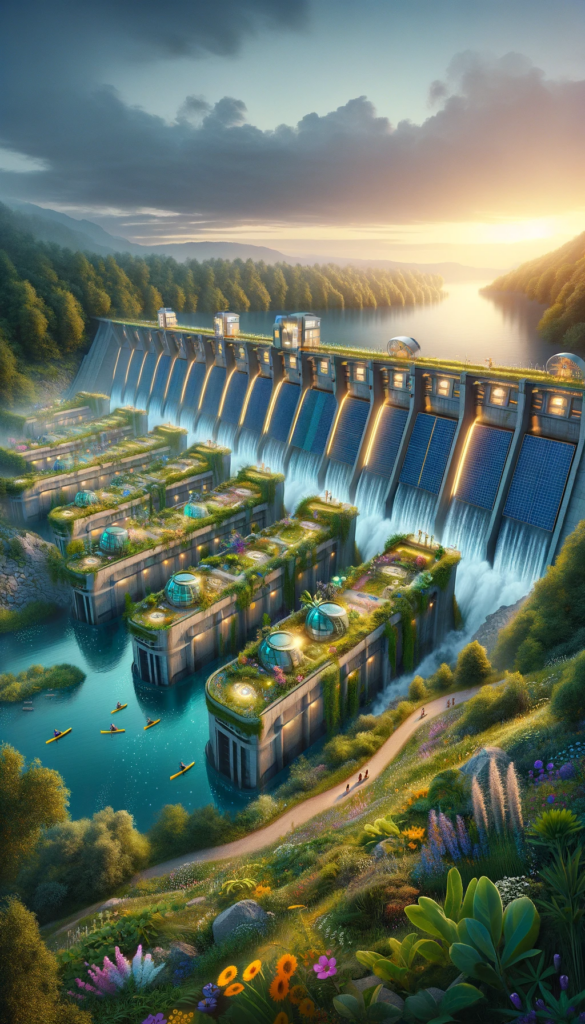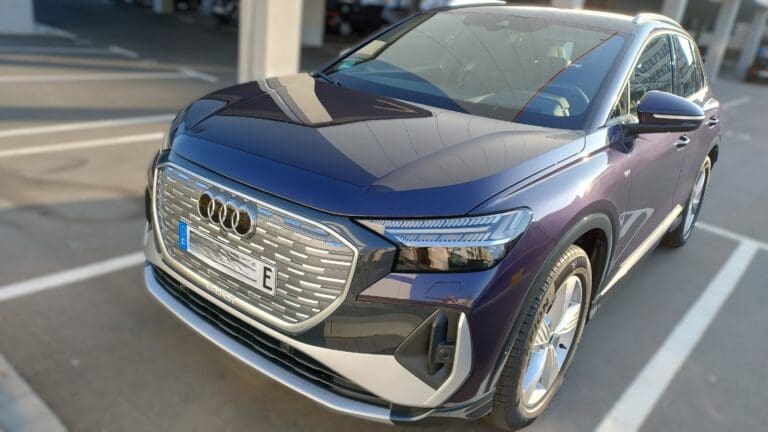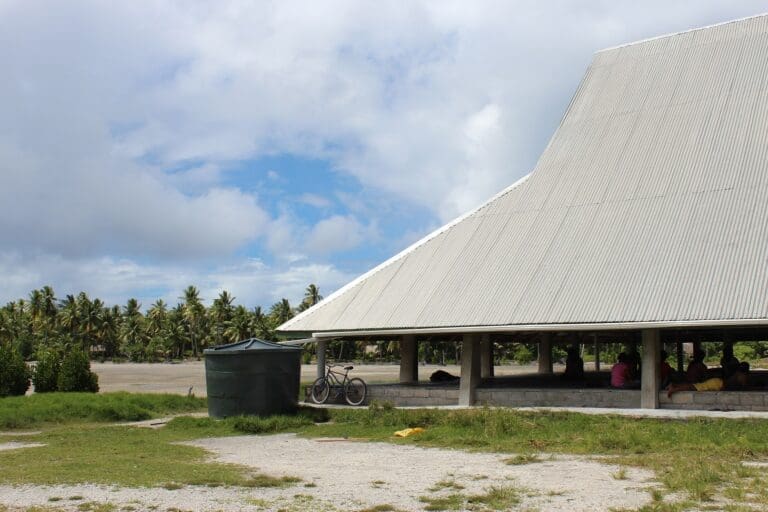The Legacy of Conventional Hydroelectric Power
Water-based energy generation, a cornerstone of renewable energy, has long been synonymous with hydroelectric power plants. These traditional powerhouses, harnessing the kinetic energy of flowing water, have significantly shaped the electricity landscape. Pioneered over a century ago, they utilized rivers and streams, transforming flowing water into electricity through turbines and dams. This conventional approach laid the groundwork for harnessing water’s energy, providing a reliable and renewable energy source for countless communities worldwide.
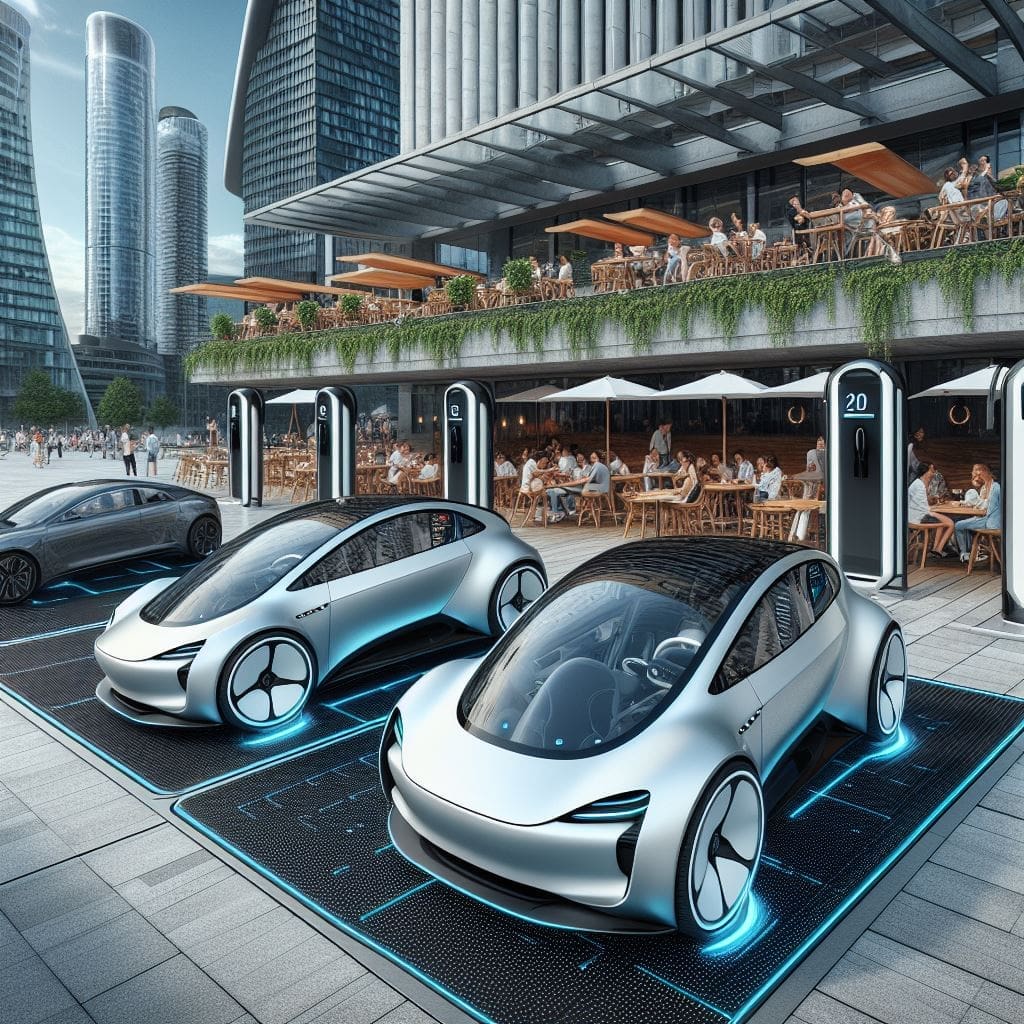
Top Three Countries: Per Capita Water Power Availability
Fast forward to today, and the landscape of water-based energy has evolved with technology and environmental considerations. In 2023, the top three leading nations in hydroelectric energy production were Brazil, the United States, and China.[1]
Brazil, with its abundant water resources, leads in per capita hydropower availability, offering about 0.47 kW per person. The United States follows with approximately 0.26 kW per person, and China, with its massive population, provides around 0.22 kW per person.[2]
Taking the average of the three countries’ hydropower capacity values, that is 0.32 kW. Translated into energy allocated to a full day, this yields 7.68 kWh, and factoring in a 10% grid transmission loss, this comes down to roughly 7 kWh per person.
With that, a four-person household can fully charge a modern Electric Vehicle (with a 450 km / 280 mi range and an 80kWh battery) every three days.
These figures are very impressive and showcase the significant role that water-based energy systems have grown to play in some countries’ national power grids over the last century.
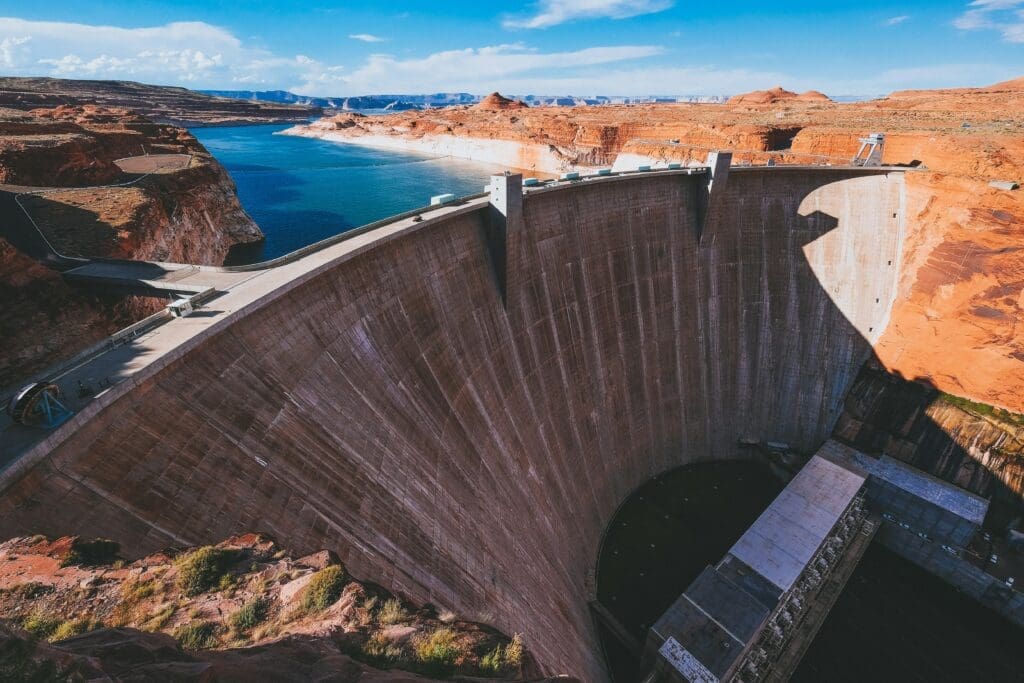
A New Era: AW-Energy’s WaveRoller Technology
Enter WaveRoller, a new technology developed by Finnish company AW-Energy, which epitomizes the innovative spirit of modern water-based energy generation. Unlike traditional hydroelectric power, WaveRoller captures the untapped energy of ocean waves.[3]
Technical Background
The WaveRoller system operates in near-shore areas, usually about 0.3 km (0.19 mi) to 2 km (1.24 mi) off the coast, at depths ranging from 8 m (26 ft) to 20 m (66 ft),[3] where the power of building-up waves is at a maximum. The device is mostly or fully submerged and anchored to the seabed, capturing the energy out of the continuous movement of the waves via a hinged panel. Its kinetic energy is converted into electricity by an attached generator. A submarine cable connects the WaveRoller structure to the power grid on the nearby shore.
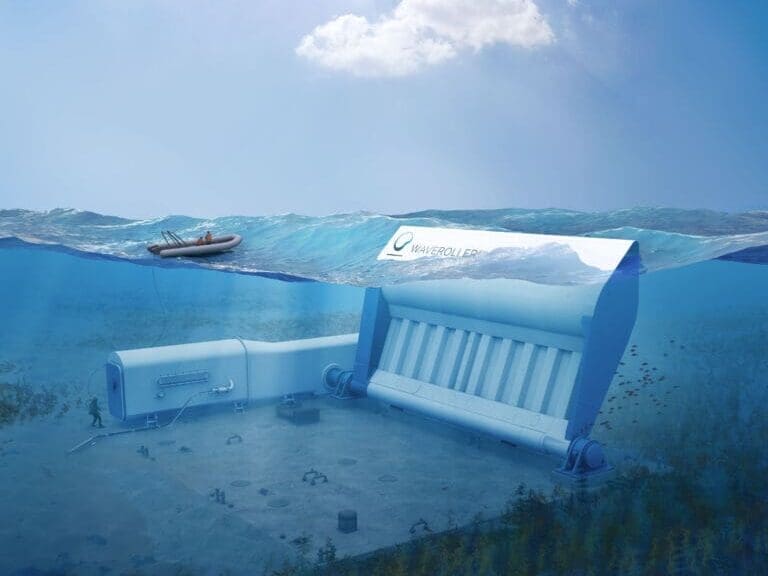
Capacity and Impact
The WaveRoller technology boasts an impressive capacity. Each unit can produce up to several hundred kilowatts of power, with a peak power of 1000 kW (1 MW) under optimal conditions.[3] Assuming an average power of 350 kW, amounting to approximately 3GWh over a year, this can provide electricity to about 170 homes (including heating), based on an average energy demand of 17,85 MWh.[4] The scalability of the technology means that multiple units can be installed to form a WaveFarm, substantially increasing the power output and the number of homes that can be powered.
Advantages:
- Renewable and Clean: WaveRoller leverages the vast, untapped energy of the oceans, providing a sustainable and clean energy source
- Predictability: Ocean waves offer a more predictable power source compared to other renewables like solar and wind
- Minimal Environmental Impact: The submerged nature and near-shore installation minimize visual and environmental impacts
Groundbreaking Projects
One of the first groundbreaking projects involved deploying WaveRoller devices off the coast of Portugal. This project was crucial in demonstrating the practicality of wave energy on an industrial scale. The success of this project paved the way for further exploration and investment in wave energy technologies.
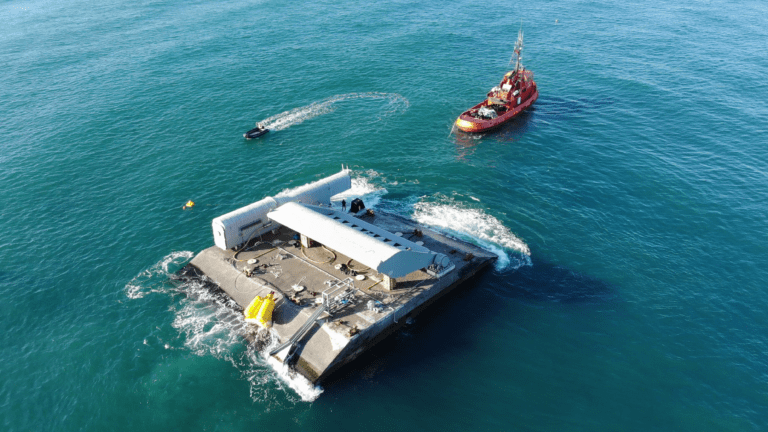
Conclusion
Water-based energy generation, from its conventional hydroelectric beginnings to the innovative WaveRoller technology, illustrates humanity’s enduring ingenuity in using nature’s power. As the world pivots towards sustainable energy solutions, technologies like WaveRoller offer a glimpse into a future where the vast energy of our oceans can be effectively and efficiently utilized, ushering in a new wave of renewable energy possibilities.
Sources:
[1] https://globalenergymonitor.org/projects/global-hydropower-tracker/summary-tables/
[2] https://www.worldometers.info/world-population/population-by-country/
[3] https://aw-energy.com/waveroller/
[4] https://www.destatis.de/EN/Themes/Society-Environment/Environment/Environmental-Economic-Accounting/private-households/Tables/energy-consumption-households.html

